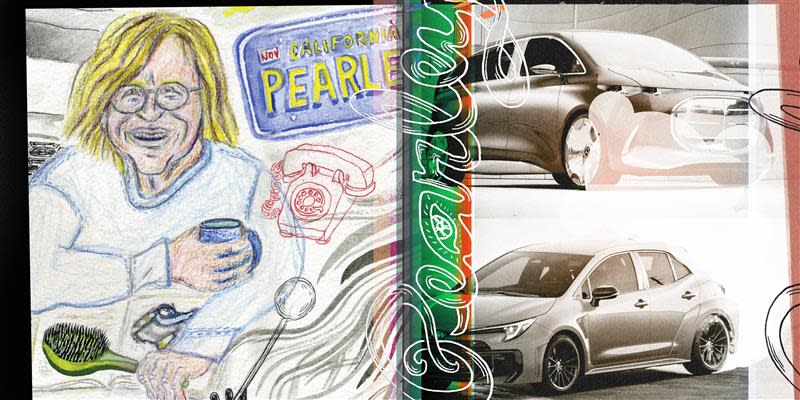
In his 1983 book Adventures in the Screen Trade, the great screenwriter and novelist William Goldman wrote that “Nobody knows anything… Not one person in the motion picture field knows for a certainty what’s going to work. Every time out it’s a guess and, if you’re lucky, an educated one.” Thing is, Goldman was right. But it’s not just about movies. It’s about everything. From Ferraris to rainbow tow hooks.
That’s why artificial intelligence won’t replace humans. We’re kind of stupid, and that’s our edge.
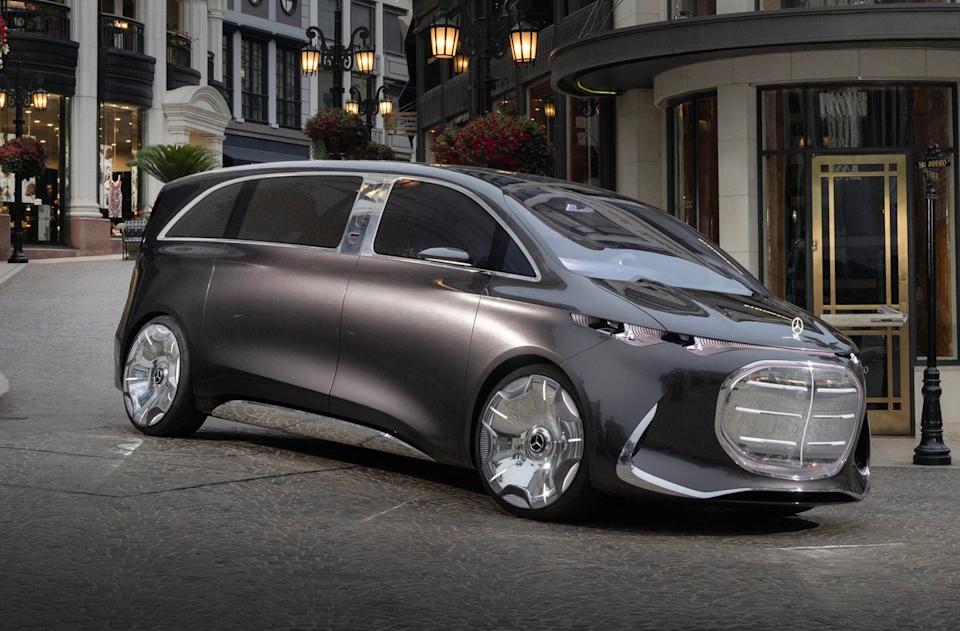
A couple of weeks ago, Mercedes-Benz brought Road & Track (among others) to a studio in Venice Beach, California to view its new Vision V concept van. It’s an all-electric van finished like a Bond villain’s escape pod – that super-luxurious capsule that’s ejected from the hollowed-out volcano (or whatever) blows up. It’s the leather-lined vessel in which Bond pops open some Bollinger ’79 with a fantastic lady laying alongside him at the end of the movie.
Yeah, the Vision V is like that. And my first reaction to this magnificent, totally bonkers, show-only machine was… Does anyone at Mercedes believe that there are people eager to buy this thing?

Every product decision is, ultimately, some decision maker’s best guess and gut feeling. Sometimes the result is the 1990 Mazda Miata, 1991 Acura NSX, 1953 Chevrolet Corvette or 1964 Porsche 911. Sometimes, the result is the 2001 Pontiac Aztek. Sometimes, analysis is bizarre and last year’s Jaguar re-brand happens. No decision is made based on perfect information.
There is plenty to love about the Vision V. The Eames-style seating, how the power strake bulges in the hood carry over into the dash top inside. Even the three-pointed star hood ornament that turns from chrome to illuminated brilliance when asked. The dashboard is typical Mercedes digitalia and the 65-inch roll up video screen in back seems like overkill, but I’m in the minority who thinks that a “connected” vehicle that confronts all its occupants with touchscreens is spooky and intrusive rather than entertaining and delightful. The Vision V is well executed and previews a new electro-van architecture that could be fruitful. Not exciting, but fruitful. I have no idea what the market for a production Vision V would be.
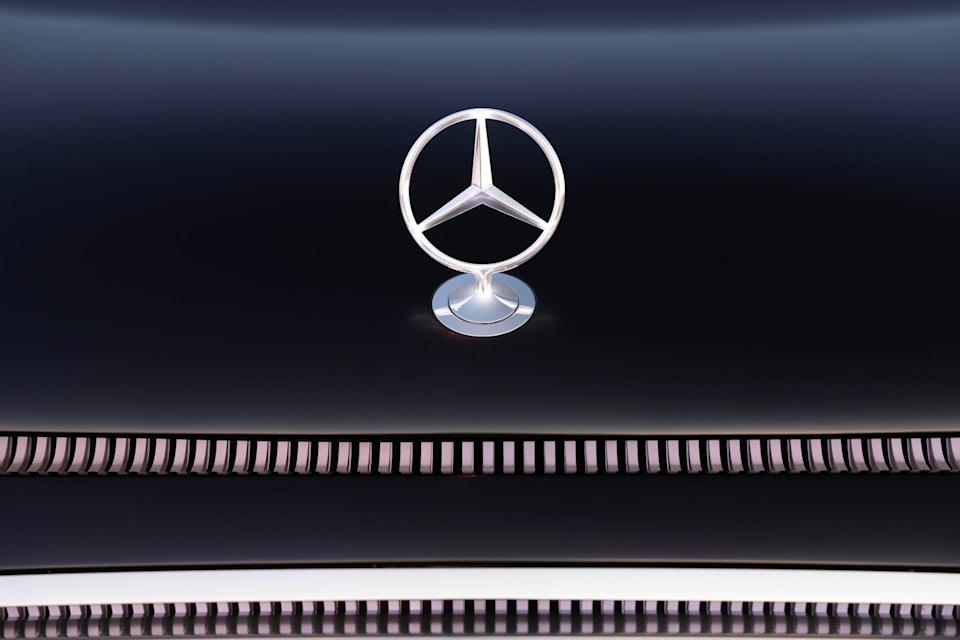
Back in the 1970s, vans were simple steel boxes for delivering things like floral arrangements and clean diapers. There were some with windows and seats for shuttling humans between hotels and airports and a few were converted into campers, but no one at companies making vans saw them as “lifestyle” machines worthy of airbrushed murals of Viking women along their flanks. But as the decade wore on, there were creative maniacs out there who saw the potential, imagined the sort of fun and debauchery a van could facilitate, and went nuts. They didn’t do it because it was good business. They did it because it was good fun. The van craze arose almost organically.
No craze lasts forever, but it’s hard for crazes to start in corporate boardrooms or design studios. They usually start with people playing with whatever car or truck it is they have laying around. It’s not about intelligence or advanced market research; it’s about fun and leaps of faith.
Consider “overlanding.” Subaru has its “Wilderness” models, Nissan has “Rock Creek,” Ford has added a “Tremor” trim option to almost everything that isn’t a Mustang and there are plenty of others. But none of the manufacturers invented overlanding. Kids did.
Cheap used cars in America today means old crossovers. They’re the family hand-me-downs of the 2020s; creaky Ford Explorers, weathered Toyota Highlanders, and Subaru Outbacks that have racked up six figures on their odometers. They are what kids inherit and can afford, and they’re not afraid to screw with them to make them work better and stand out in a world crowded with similarly beat machines.
If all you have is a 13-year-old Kia Sorento, there’s not much else to do with it except jack up its suspension, bolt on some roof racks and nerf bars, paint some pieces with matte black Krylon and go off-road. Corporations don’t face that sort of desperation, but people – young people – with few other options do. So, they get creative.
It's only when a trend gets so big that not even an OEM can ignore that all those Tremors, Rock Creeks and Wildernesses start appearing as adventurous options that can be leased by adults with good jobs and decent credit ratings. Eventually, what started as kids playing with their junkers becomes conventional wisdom and good business. The safe play.
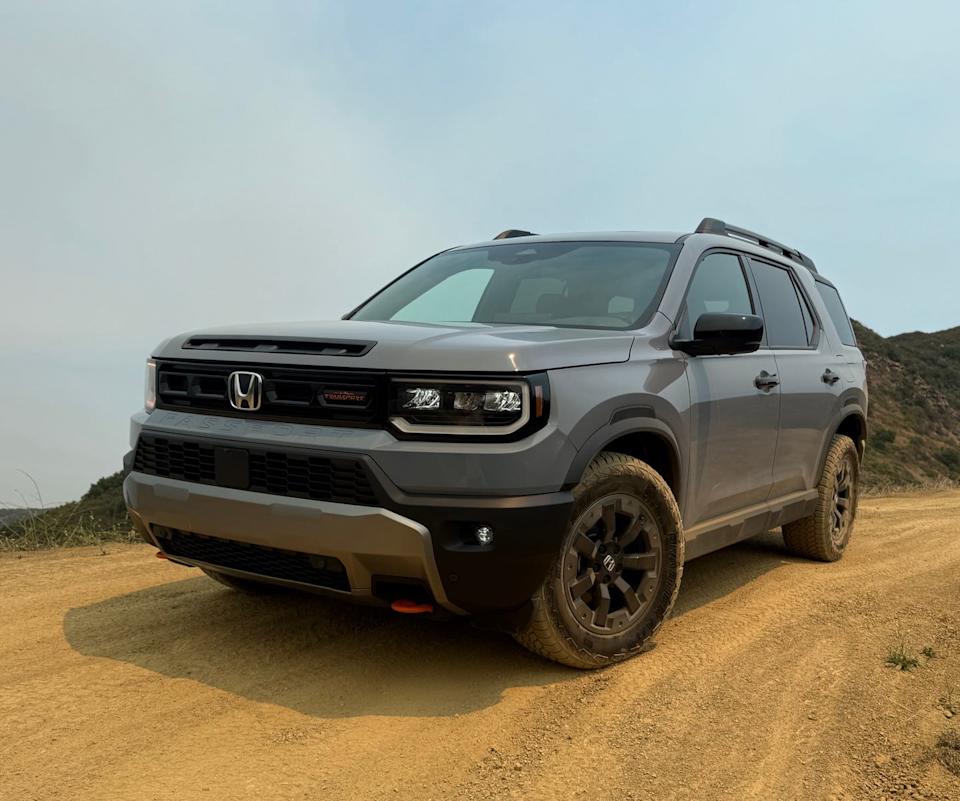
I drove a new Honda Passport Trailsport down to Venice to see the Vision V. It’s a nice machine and performed admirably during some light off-roading around Southern California. The smart marketers at Honda took no chances with the Trailsport. It’s got the right tires, the fashionably squared off styling and that most obvious cliché of current overlanding, the day-glo painted front tow hooks. In about 20 years, those red or orange or green or whatever color tow hooks will mark the overlanding era the way tailfins define the 1950s, fake hood scoops identified 1960s muscle cars, or those murals on vans from the 1970s.
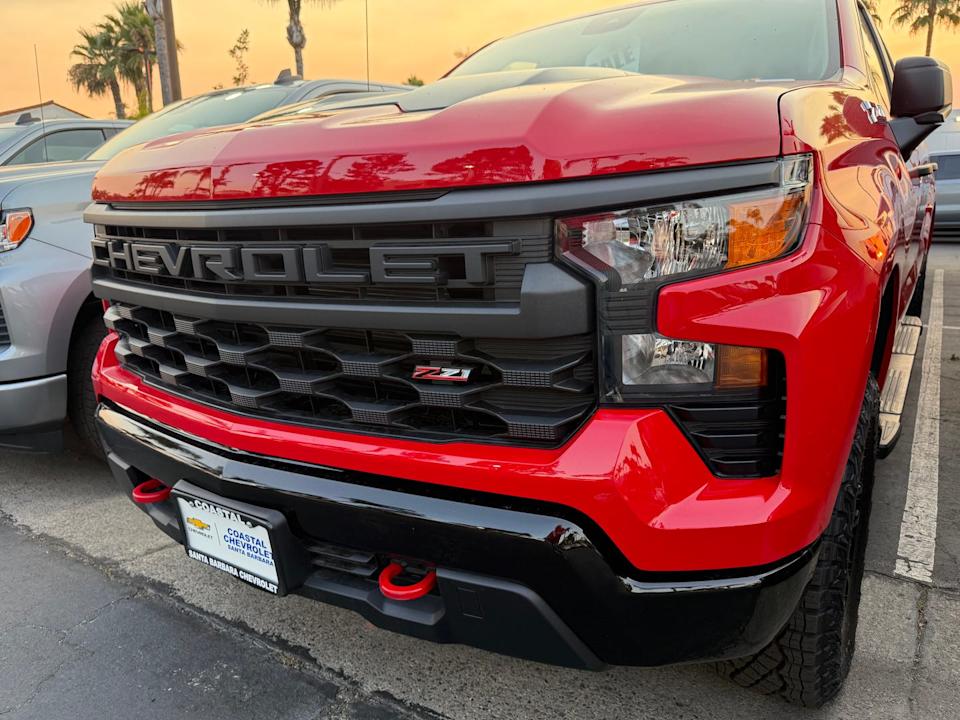
I hope the Vision V leads to some daring production vehicle by Mercedes. It’s the cars and trucks that don’t follow trends that become beloved machines. The three-cylinder, 300-hp, all-wheel drive Toyota GR Corolla is totally nuts, and one of the most compelling new cars there is. No one asked for it, but there is at least one person nutty enough inside Toyota to get it made. Chevrolet is going to make a lot more money building a lot of Traverse High Country crossovers than it will a few 1064-hp Corvette ZR1s, but it’s the insane Corvette that approaches greatness.
Humans can be desperate or creative and irrational. They can pursue ideas that seem to be wrong but turn out to be right. If Steve Jobs had played it safe and followed conventional wisdom, the iPhone would’ve been a variation of the Blackberry. Warren Buffet thought Jeff Bezos’ Amazon.com couldn’t work. Enzo Ferrari would never have built a road car if he hadn’t been irrationally determined to pay for his racing team.
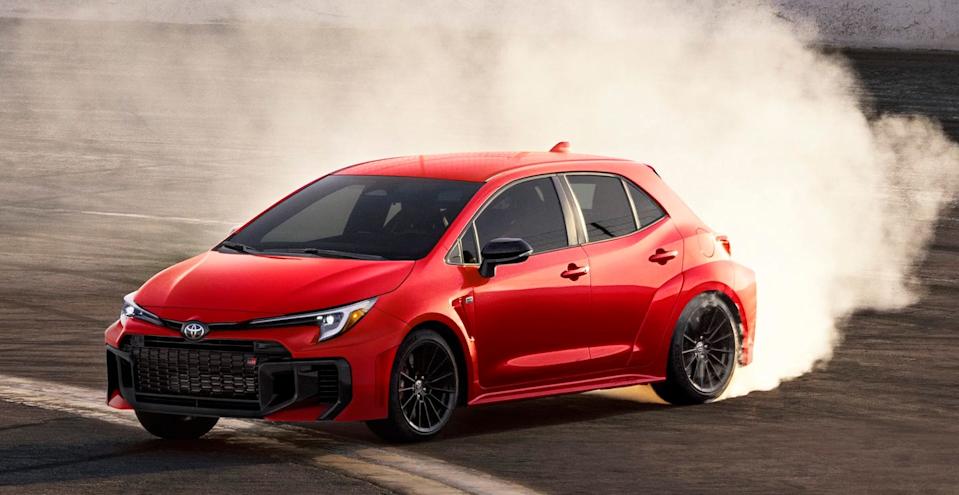
Artificial intelligence can only gather information and process it through logical steps. Maybe artificial intelligence will become self-aware to the point of knowing that it doesn’t know everything and learn to just wing it. To have faith in its own instincts. To do the wrong thing and be proven right.
A.I. will never be stuck with an old crossover and be desperate to make it cool. It seems more likely A.I. will become a conventional wisdom generator. Great at providing ideas to risk averse corporations and the timid masses. All A.I. will do is come up with different colors of tow hooks. It's still going to take humans making irrational decisions and doing stupid things to produce great cars, trucks and everything else.
You Might Also Like
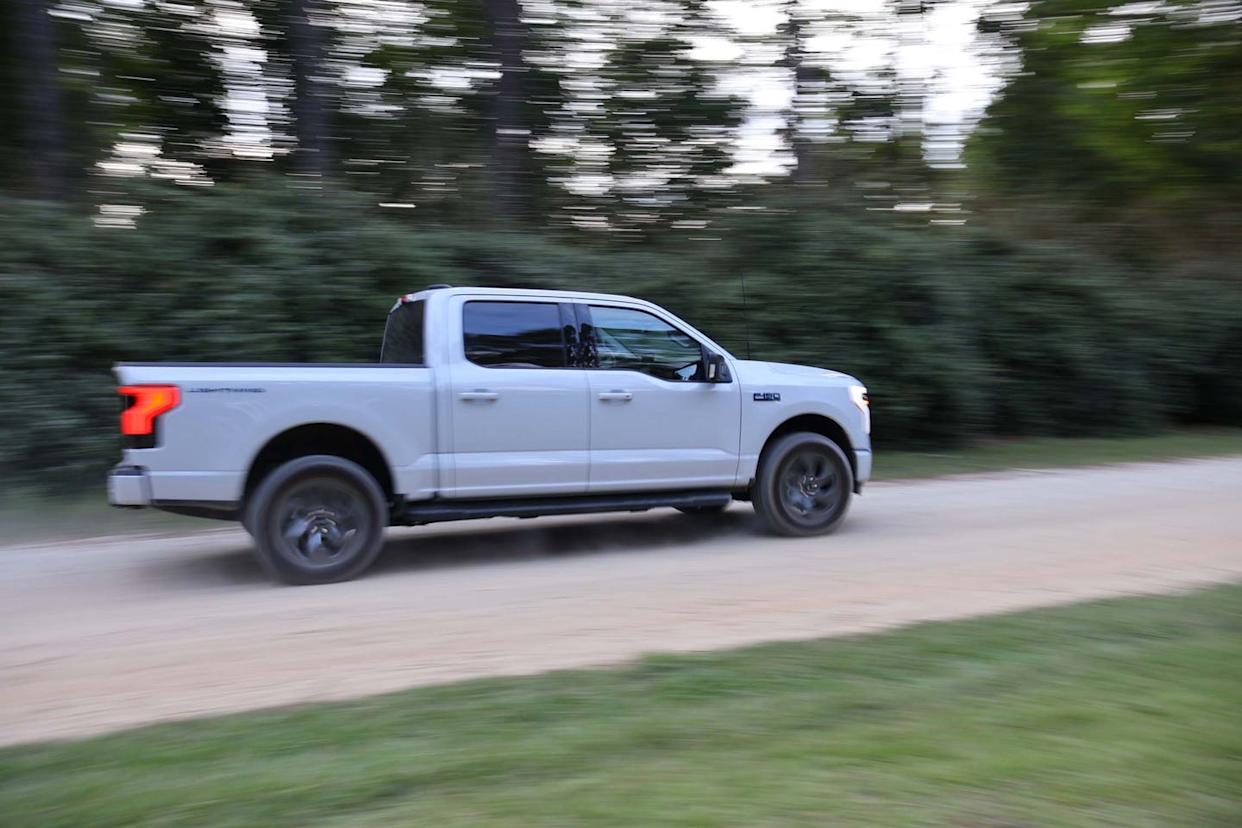
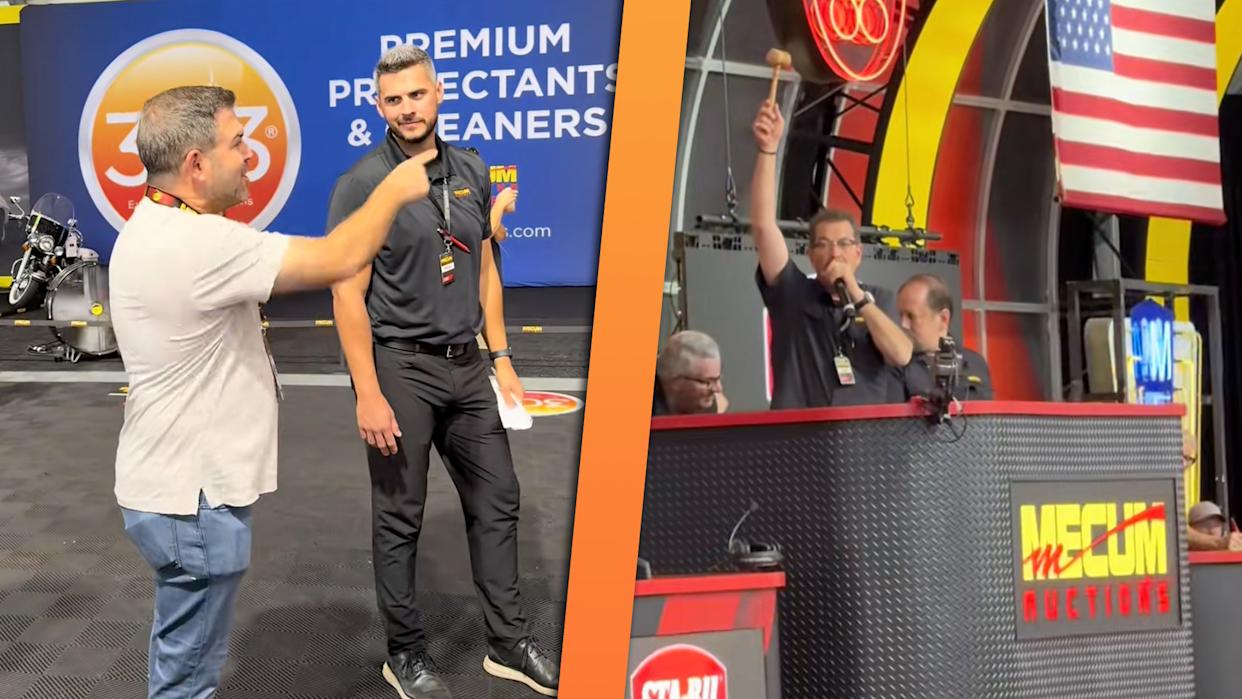
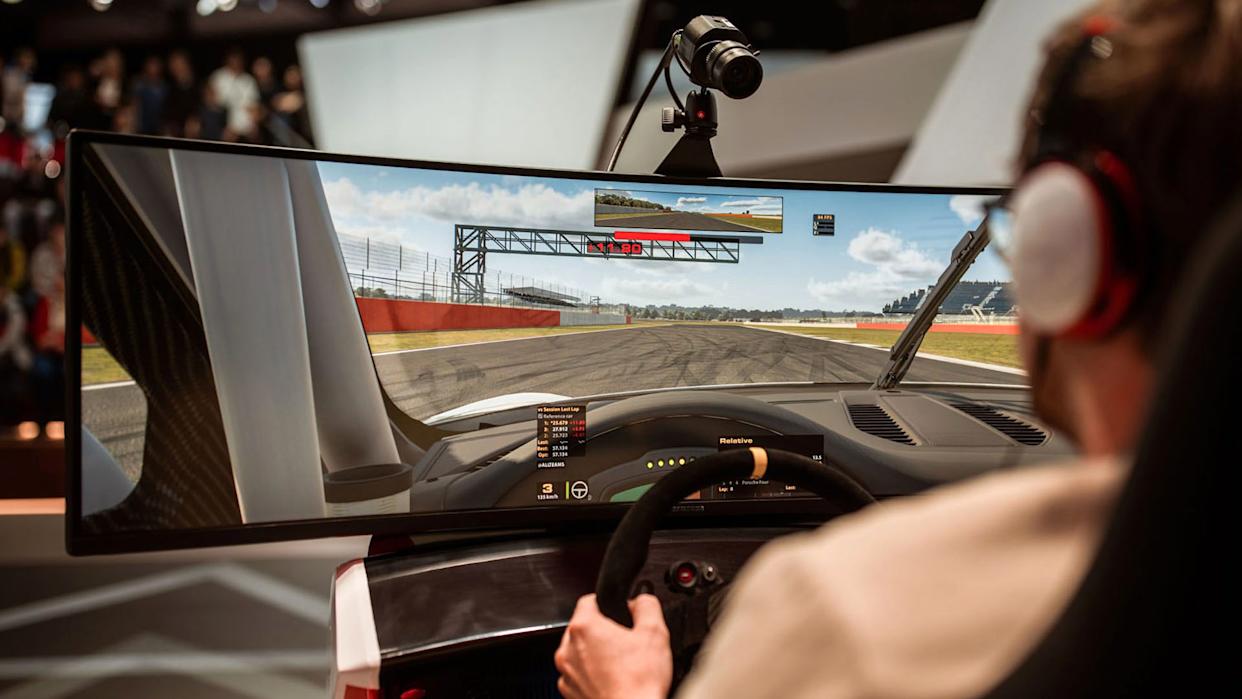
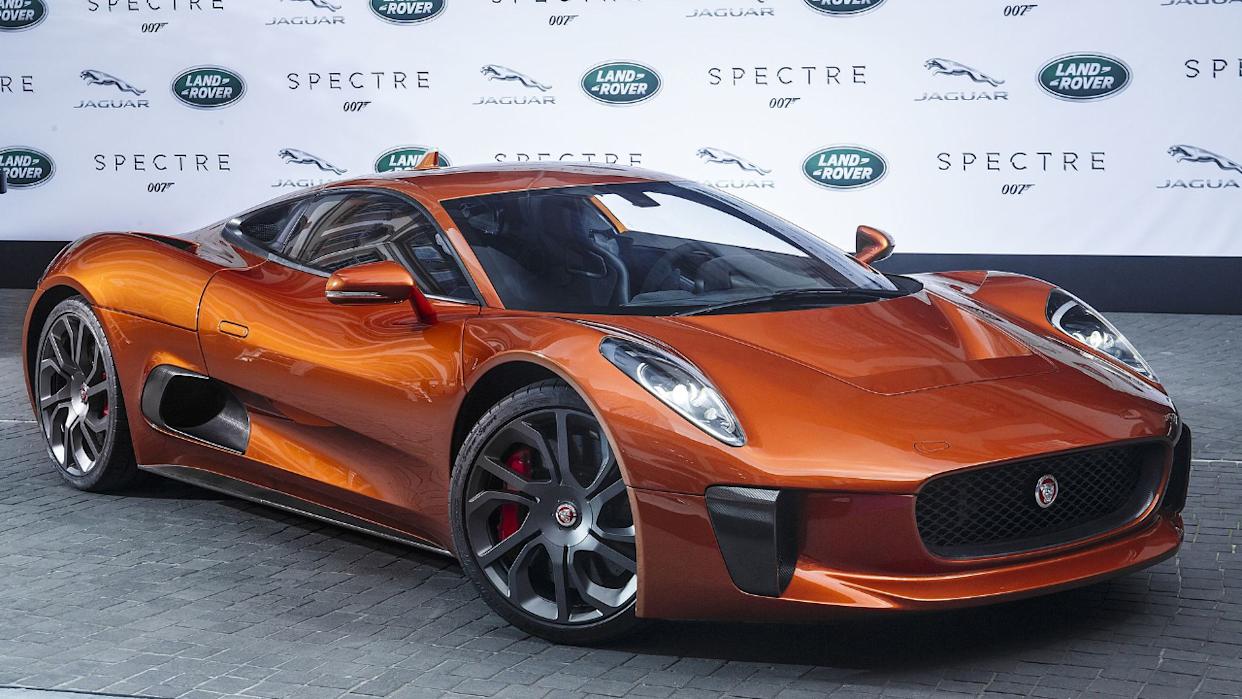
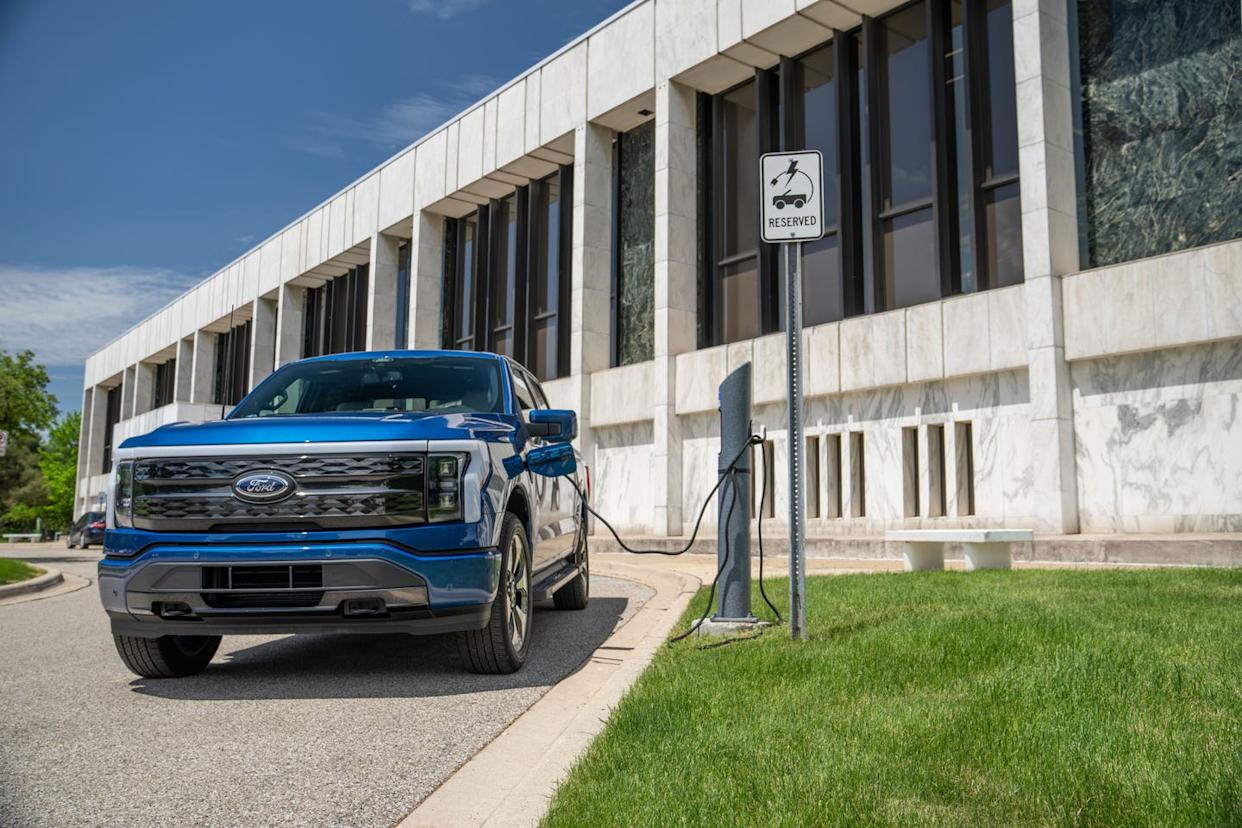
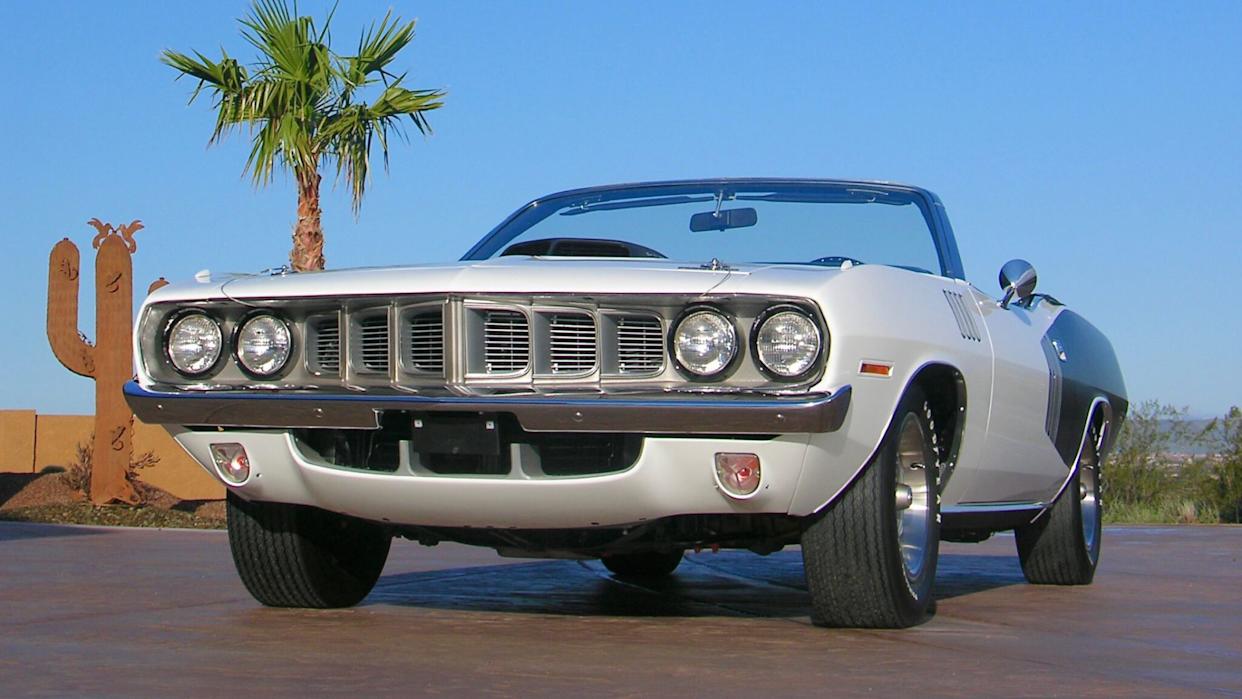
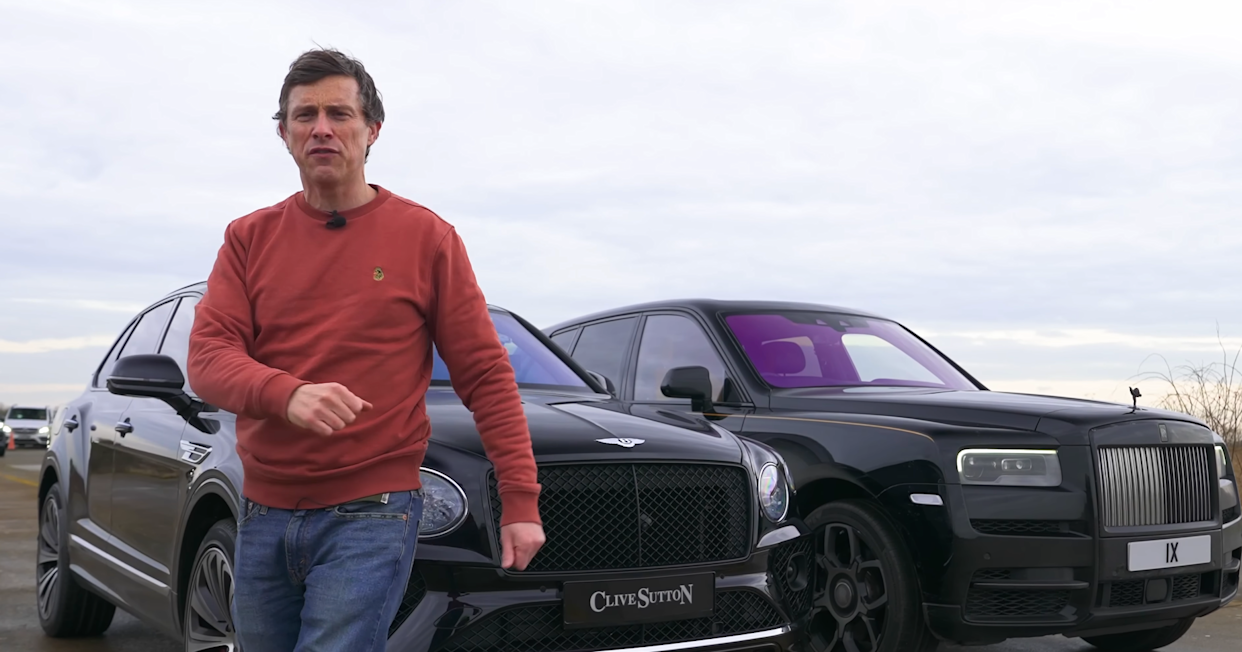
Comments